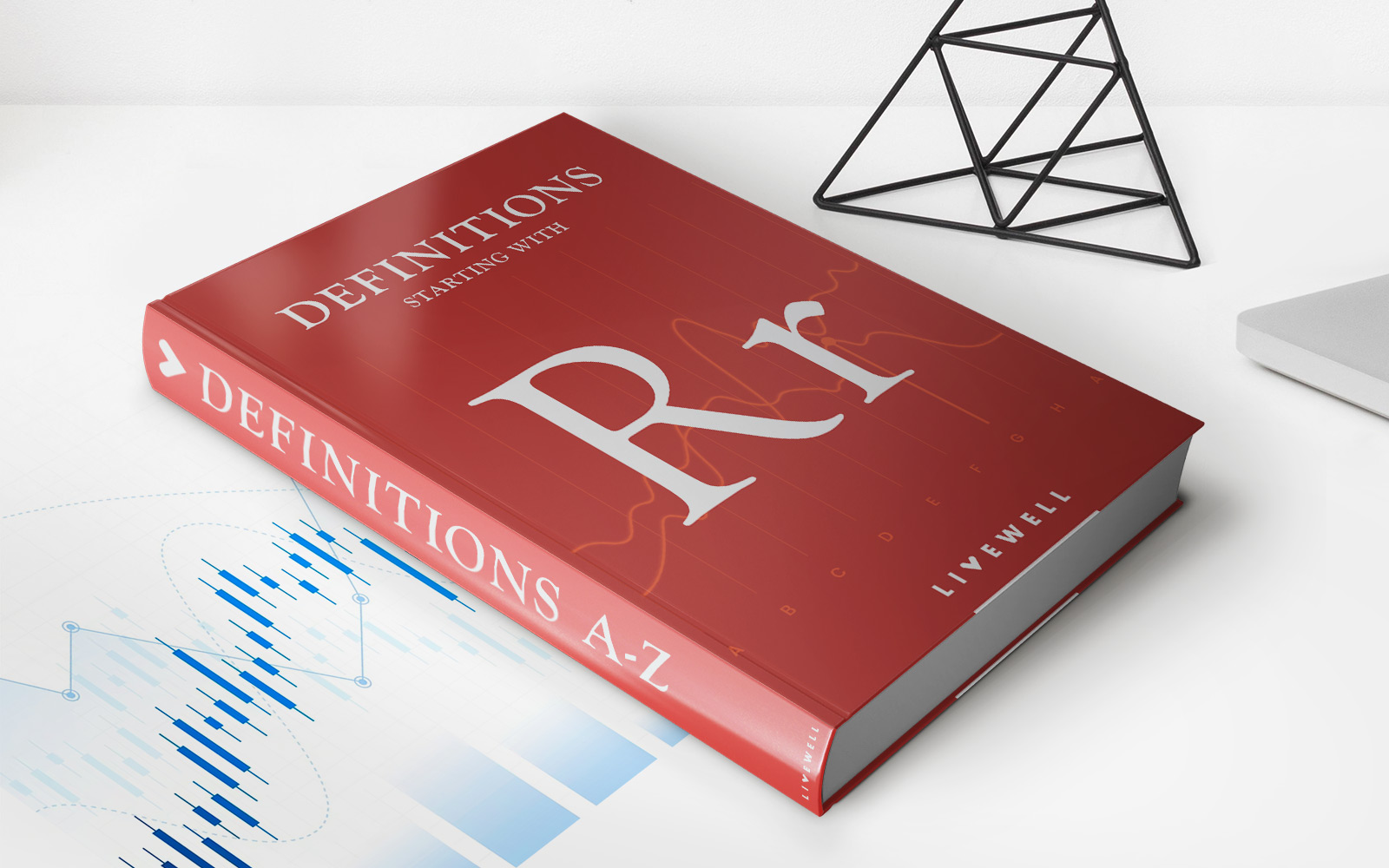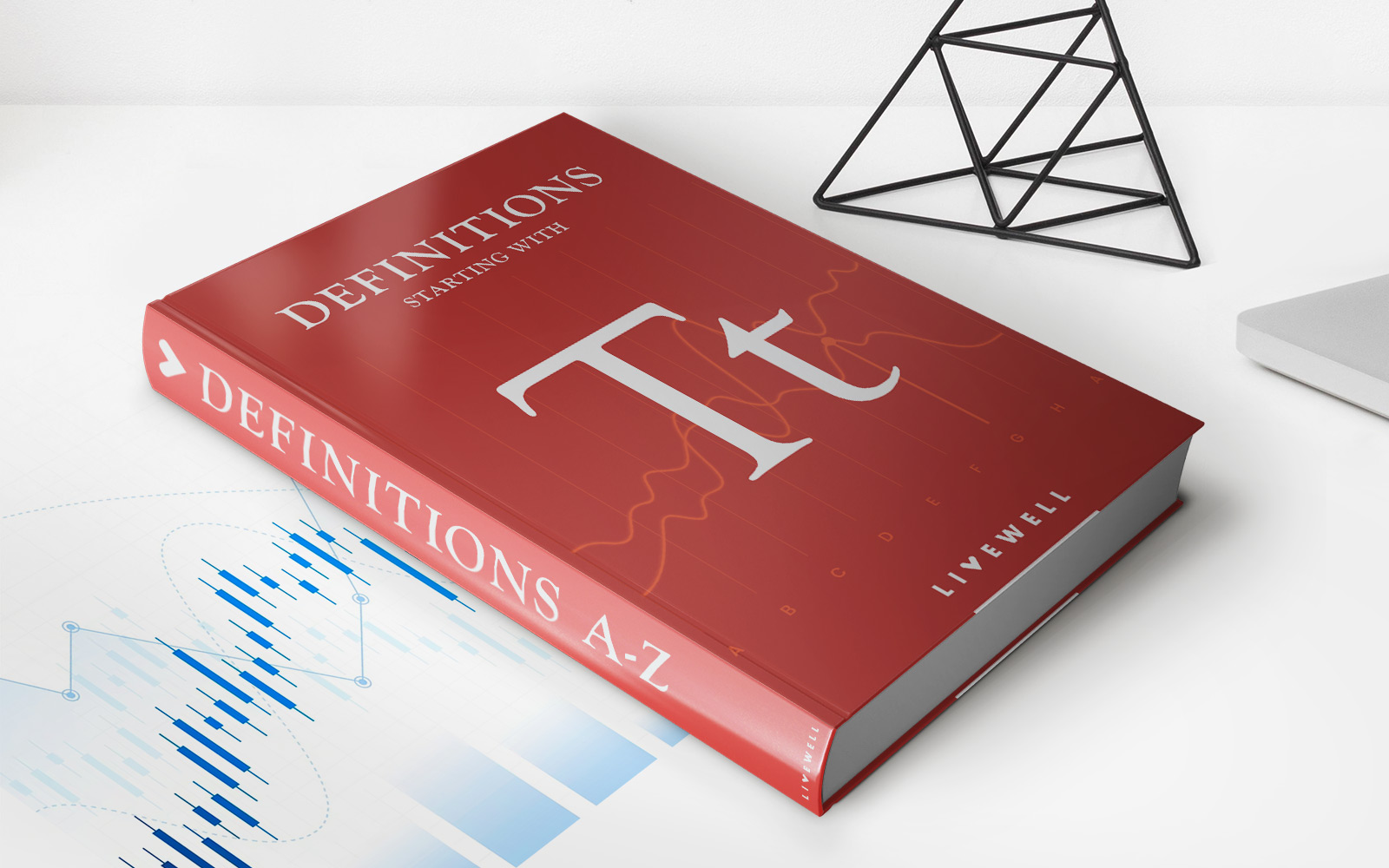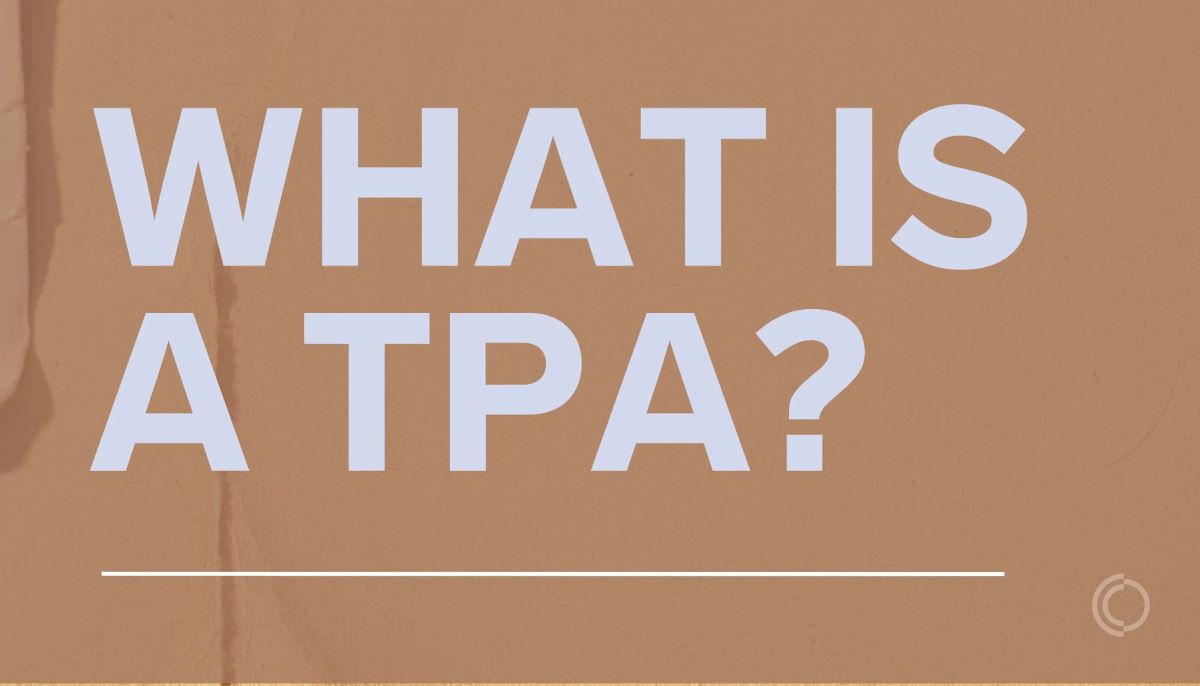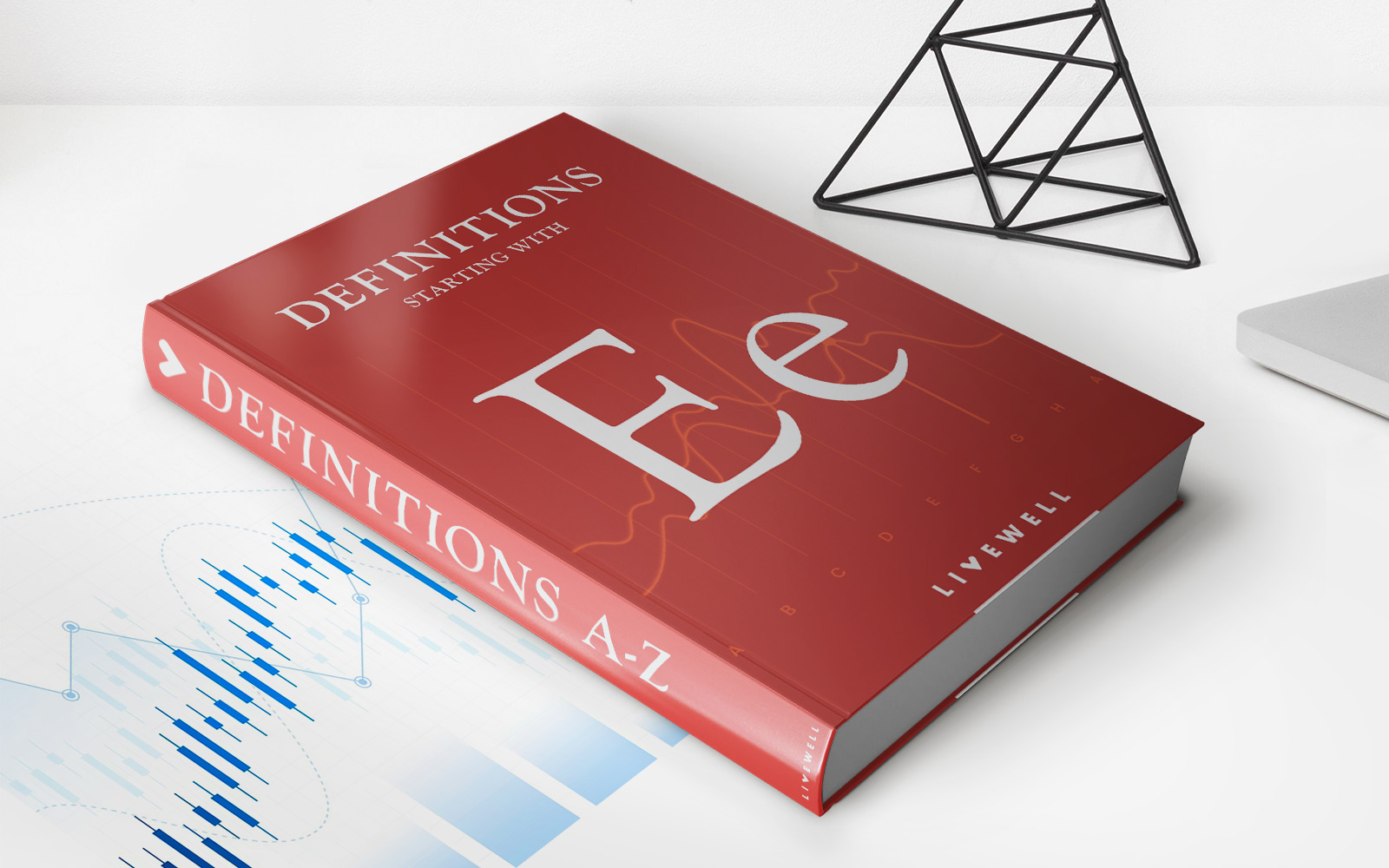Home>Finance>Third-Party Transaction Definition, How It Works, Examples


Finance
Third-Party Transaction Definition, How It Works, Examples
Published: February 8, 2024
Learn about third-party transactions in finance. Understand how they work and explore real-life examples.
(Many of the links in this article redirect to a specific reviewed product. Your purchase of these products through affiliate links helps to generate commission for LiveWell, at no extra cost. Learn more)
What is a Third-Party Transaction?
When it comes to managing your finances, it’s essential to understand the various types of transactions that can occur. One type of transaction that you may come across is a third-party transaction. But what exactly is a third-party transaction? In this blog post, we will explore the definition, how it works, and provide some real-life examples to help you grasp the concept better.
Key Takeaways:
- A third-party transaction involves three entities: the buyer, the seller, and an intermediary.
- The intermediary facilitates the transaction by securely holding the buyer’s funds until the seller delivers the goods or services.
Definition of Third-Party Transaction
A third-party transaction is a type of financial transaction that involves three entities: the buyer, the seller, and an intermediary. The buyer initiates the transaction by providing funds to the intermediary, who holds the funds until the seller fulfills their obligations. Once the seller has delivered the goods or services, the intermediary releases the funds to the seller.
How Does a Third-Party Transaction Work?
Let’s break down how a third-party transaction works step by step:
- The buyer and seller enter into an agreement for the purchase of goods or services.
- The buyer sends the funds to the intermediary, typically through an online payment gateway or escrow service.
- The intermediary securely holds the funds until the seller meets their obligations, such as delivering the goods or completing the services as agreed upon.
- Once the seller has fulfilled their obligations, the intermediary releases the funds to the seller.
- The buyer receives the goods or services from the seller, and the transaction is complete.
By using a third-party transaction, buyers can have peace of mind knowing that their funds are held securely until the seller completes their part of the deal. This system helps build trust between buyers and sellers, especially in online transactions where there may be a higher risk of fraud or non-delivery of goods.
Real-Life Examples of Third-Party Transactions
Third-party transactions are commonly used in various industries and scenarios. Here are a few examples to illustrate how they are applied in real life:
- Online Marketplaces: E-commerce platforms often act as intermediaries in third-party transactions. For example, when purchasing a product from an online marketplace, the buyer’s funds are held by the platform until the buyer confirms the receipt of the goods.
- Escrow Services: Real estate transactions frequently involve an escrow service. The buyer deposits the funds with the escrow service, who holds the money until all conditions of the sale are met, such as inspections and title searches.
- Freelance Platforms: In freelancing, third-party transactions ensure that both parties are protected. The client pays the agreed amount to the platform, and the funds are held until the freelancer completes the task to the client’s satisfaction.
In Conclusion
Understanding third-party transactions is crucial for anyone involved in financial dealings, whether as a buyer or a seller. These transactions provide a level of security and trust, ensuring that both parties fulfill their commitments. By relying on intermediaries, third-party transactions enable safer and more reliable exchanges of goods and services in various industries.














